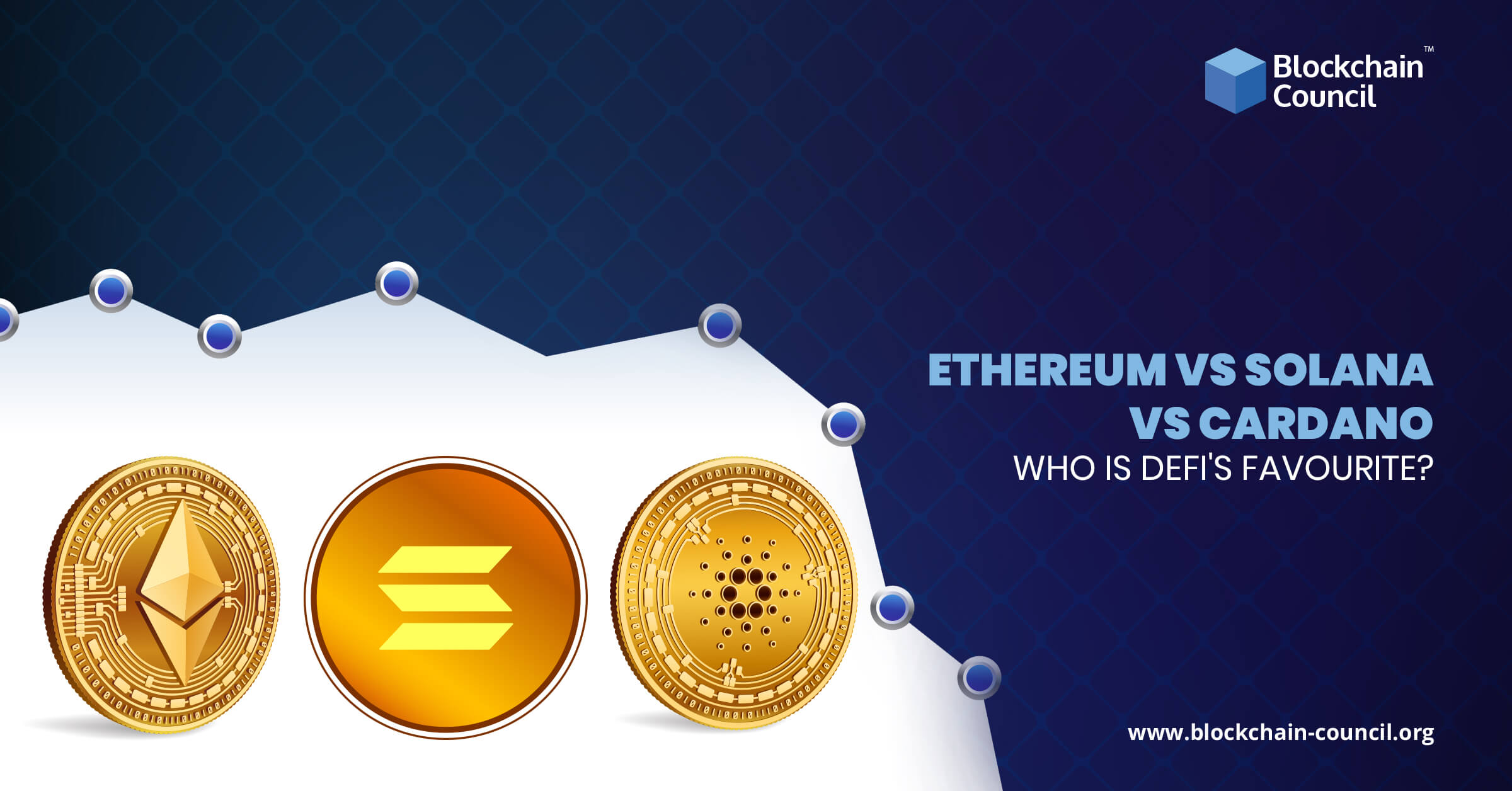
- Amber Smith
- November 09, 2022
Stablecoins are used on the crypto market as an analog of the U.S. dollar. It is believed that they are pegged to the U.S. dollar in the ratio of 1:1. Therefore, Stablecoins are considered by many to be a kind of digital dollar. Stablecoins are used both for money transfers and as savings tools. Crypto traders and investors use it to record profits and losses. Without stablecoins, the crypto market is not as liquid.
Nevertheless, it should be understood that stablecoins are hardly a safe tool for storing savings. A loss of parity between the largest staple tokens and the U.S. dollar could be devastating for the crypto asset market if it happens.
Stablecoins these days
Confidence in stablecoins is now gradually declining, as the market has been warned about many times. After all, stablecoins are not really attached to the dollar and are quite volatile. Nevertheless, many believe in USDT, USDC, and BUSD more than in Bitcoin and other tokens.
The entire cryptocurrency market is down right now, but confidence remains in USDT, USDC, and BUSD. Stablecoins are a marker for the entire market, and we need to be extremely careful and cautious right now.
There are many factors pointing to the opacity of Tether, Circle, and other projects. So the main thing in the current circumstances is not to keep assets in one token. There is USDT, USDC, BUSD, DAI, and many other storage options. Problems with individual projects are always possible, but so far, there are no prerequisites for a major collapse in the market.
Where to Store Stablecoins?
You can store your Stablecoins in an exchange account, a service, or a special crypto wallet. Crypto wallets come in cold (hardware) and hot (software) versions. You can even store and manage crypto through an extension in your Chrome browser or through a mobile app.
Regardless of which method you prefer, make sure the service you entrust your tokens to is reliable. Make sure that the wallet or exchange accepts the blockchain of the desired token. For example, to store USDT, a wallet should accept the ERC-20 blockchain, TRON, and preferably EOS, Algorand, Solana, and OMG Network.
What Could Happen to USDT and Other Stablecoins?
Despite the relative stability of USDT, there are some significant questions about it. The problem is that USDT’s stablecoin collateral data is opaque. Tether does not disclose specific data and does not declare it in full.
For example, in 2021, the Exchange Trading Commission imposed a substantial $41 million fine on Tether for misrepresenting their stablecoin collateral data.
Analyst firm Hindenburg Research 2021 offered a reward of at least $1 million for information about the security of stablecoin. Company representatives questioned the transparency of the data from Tether and its legitimacy. Analysts were concerned that the company did not disclose information about counterparties from which it holds a significant portion of its reserves in commercial paper.
Bloomberg’s investigation into Tether revealed the name of one of the banks where the company keeps its roughly $15 billion in reserves, which is Deltec Bank & Trust, based in the Bahamas.
Bloomberg later learned that a significant part of Tether’s reserves is short-term loans to large Chinese enterprises, which, according to the publication’s report, is quite risky. If even a small part of the loan debtors can’t pay back, USDT has every chance to lose its peg to the dollar. Losing the peg, in turn, would cause a massive sell-off of the stablecoin, which would lead to Tether being unable to meet its obligations to customers (i.e., not being able to pay them back in USD).





































































 Guides
Guides News
News Blockchain
Blockchain Cryptocurrency
& Digital Assets
Cryptocurrency
& Digital Assets Web3
Web3 Metaverse & NFTs
Metaverse & NFTs
